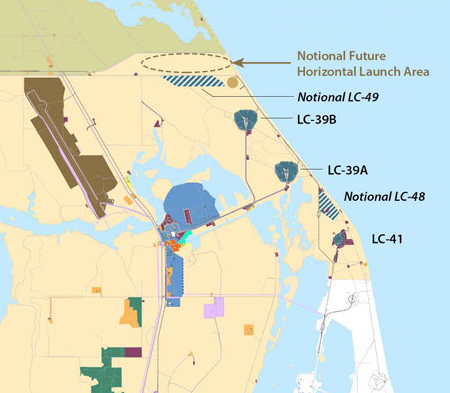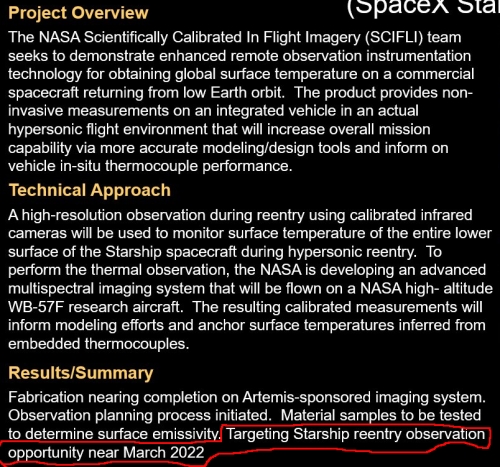SpaceX aiming to launch 52 times in 2022
According to NASA officials, SpaceX is hoping to complete as many as 52 launches in 2022, a pace of one launch per week.
The impressive figure was given during a virtual meeting of NASA’s Aerospace Safety Advisory Panel, or ASAP, which gives guidance to the space agency on how to maintain safety within its biggest programs. “NASA and SpaceX will have to be watchful during 2022 that they’re not victims of their success,” Sandy Magnus, a former NASA astronaut and member of the panel, said during the meeting. “There’s an ambitious 52-launch manifest for SpaceX over the course of the year. And that’s an incredible pace.”
Based on other sources, I had previously estimated a SpaceX manifest for ’22 to be 40 launches. That this new higher number comes from NASA’s corrupt safety panel, and was touted as a reason to raise questions about SpaceX, makes me suspicious of it.
Still, a launch pace by SpaceX of one launch per week is wholly possible. For one thing, the company needs to get a lot of Starlink satellites into orbit as quickly as possible. With its development of Starship blocked by government interference, it might have decided to up the pace of launches using Falcon 9.
Furthermore, because most of the rocket is reused, SpaceX has a far greater launch capacity. For every Falcon 9 it builds it gets ten or more launches from its first stage. This means SpaceX does not have to build as much to maintain a high launch pace.
As for the safety panel’s fears about such a pace, who cares? That safety panel has been consistently wrong about everything it has said about SpaceX and commercial space now for almost a decade. It is very likely wrong now. In a more rational world, NASA would have shut it down two years ago for doing such a bad job. Sadly, we no longer live in a rational world.
According to NASA officials, SpaceX is hoping to complete as many as 52 launches in 2022, a pace of one launch per week.
The impressive figure was given during a virtual meeting of NASA’s Aerospace Safety Advisory Panel, or ASAP, which gives guidance to the space agency on how to maintain safety within its biggest programs. “NASA and SpaceX will have to be watchful during 2022 that they’re not victims of their success,” Sandy Magnus, a former NASA astronaut and member of the panel, said during the meeting. “There’s an ambitious 52-launch manifest for SpaceX over the course of the year. And that’s an incredible pace.”
Based on other sources, I had previously estimated a SpaceX manifest for ’22 to be 40 launches. That this new higher number comes from NASA’s corrupt safety panel, and was touted as a reason to raise questions about SpaceX, makes me suspicious of it.
Still, a launch pace by SpaceX of one launch per week is wholly possible. For one thing, the company needs to get a lot of Starlink satellites into orbit as quickly as possible. With its development of Starship blocked by government interference, it might have decided to up the pace of launches using Falcon 9.
Furthermore, because most of the rocket is reused, SpaceX has a far greater launch capacity. For every Falcon 9 it builds it gets ten or more launches from its first stage. This means SpaceX does not have to build as much to maintain a high launch pace.
As for the safety panel’s fears about such a pace, who cares? That safety panel has been consistently wrong about everything it has said about SpaceX and commercial space now for almost a decade. It is very likely wrong now. In a more rational world, NASA would have shut it down two years ago for doing such a bad job. Sadly, we no longer live in a rational world.




